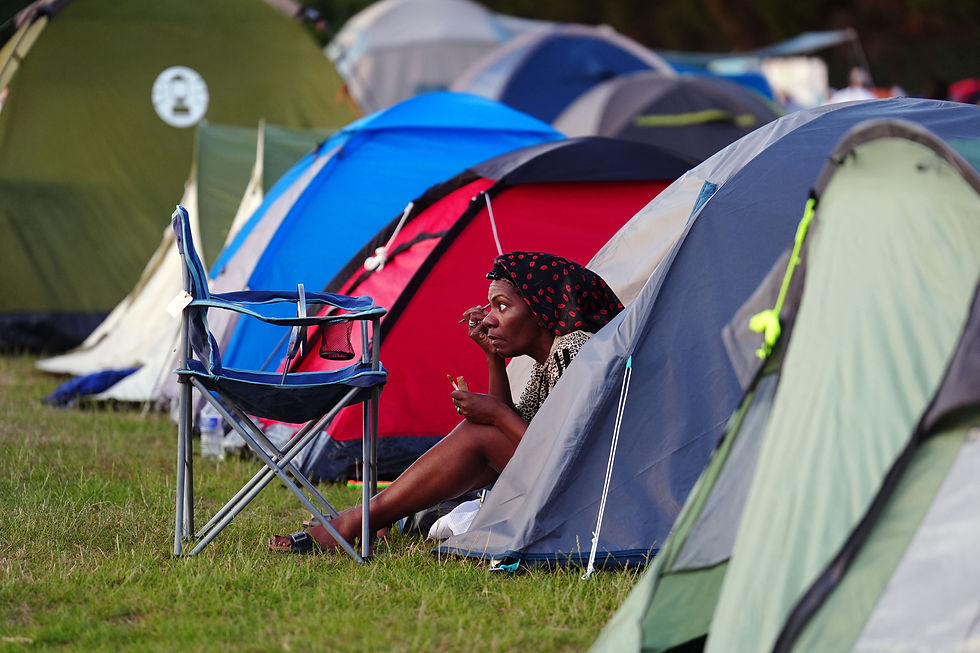Wimbledon’s Impossible Tickets Became Its Greatest Marketing Tool
- tracyngtr
- Jul 18
- 2 min read

Wimbledon limits ticket access through a tightly managed ballot and daily capacity, turning attendance into a personal milestone. The Queue and the high chance of rejection have become part of the experience, generating stories that extend the brand far beyond the grounds.
Each summer, hundreds of thousands enter a raffle with no guarantees, while others camp overnight in fields for the chance to buy a ticket. They are not trying to get backstage at Glastonbury or into a secret tech launch. They are trying to see tennis. More accurately, they are trying to get inside Wimbledon.
Wimbledon’s most valuable marketing asset does not come from branding widgets or celebrity appearances. It comes from saying no. Every year, it limits access to just 42,000 daily attendees. Centre Court has fewer than 15,000 seats. The grounds are intentionally undersized compared to other major tournaments. Even after its £200 million expansion, the capacity will remain far smaller than its global demand. If you want a ticket, get in line. And even that might not be enough.

While other events inflate visibility by scaling, Wimbledon holds firm. You cannot buy your way in. Most Centre Court seats are allocated years in advance to debenture holders, season ticket owners who pay tens of thousands for the privilege. For everyone else, the Public Ballot is the main route. It opens almost a year in advance. Winners are chosen at random. There is no loyalty programme, no priority for repeat entrants, and no algorithm to game.
For those shut out, The Queue becomes a pilgrimage. Every morning during the tournament, thousands arrive at the Wimbledon Park field before dawn. They sleep in tents, sometimes through storms, monitored by stewards who hand out numbered queue cards. The line has rules. Arrive too late and you are moved back regardless of effort. Leave your place for too long and you are removed entirely. There’s even a 30-page official guidebook for how to queue properly. It feels so ceremonial.
This strange blend of control and fairness is precisely why it works. Wimbledon’s ballot and queue aren’t barriers but rituals. They turn access into achievement. The experience begins long before Centre Court. And for those who never get in, the effort becomes its own story. Queuers post tent selfies. Ballot entrants compare near-misses. Even rejection becomes a kind of identity.
That identity is then distributed globally and generously. While the grounds remain scarce, digital access is limitless. Anyone in the UK can watch Wimbledon live for free on the BBC. In 2025, the tournament set a new record with over 69 million live streams. Worldwide, more than 670 million people tuned in. The constrained physical presence amplifies online demand. The fewer who get in, the more want to look in.

For sponsors, aligning with Wimbledon is the commercial equivalent of a blue-chip acquisition. Longtime partners like Rolex and Ralph Lauren don’t just want simple visibility. They want the unattainable perception that comes with being allowed into the Wimbledon ecosystem. Sponsorship here is a long game, one rooted in heritage, discretion, and the optics of belonging to a club that can’t be entered with cash.




Comments